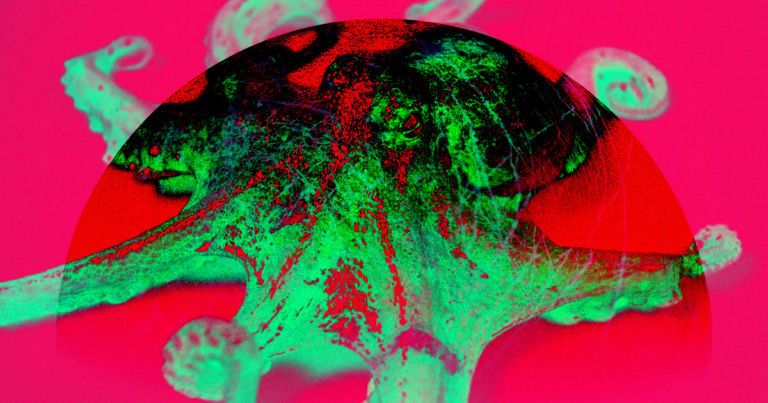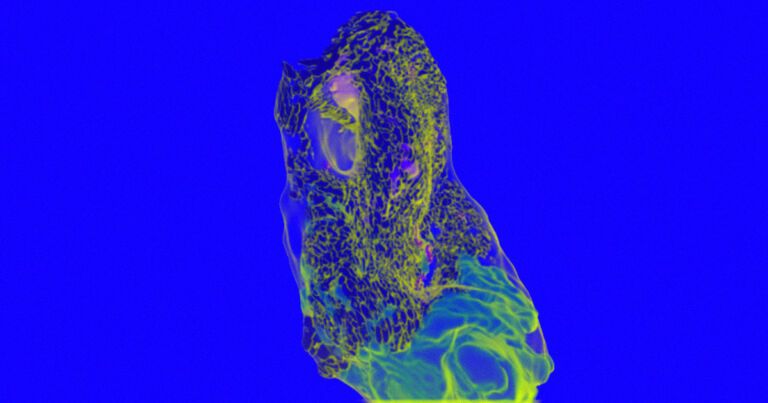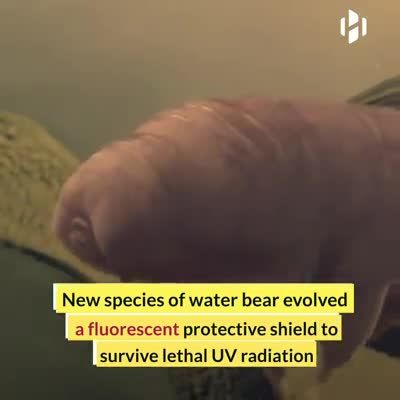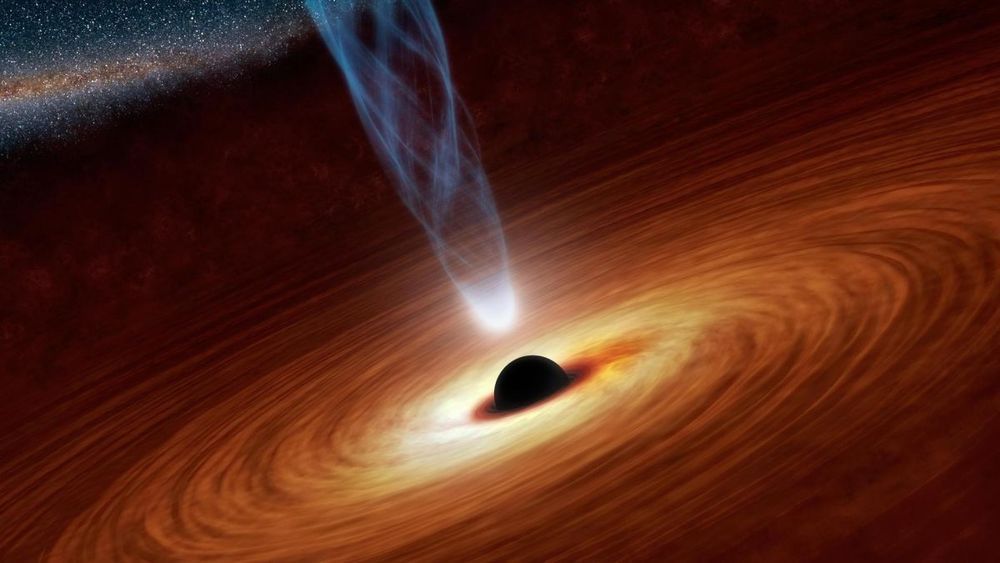Big Tentacle
Grady believes creatures could be living in glacial oceans underneath a hard shell of ice that’s up to 15 miles thick on Jupiter’s frigid moon.
Scientists have long suspected the existence of these deep subsurface oceans on Europa — and maybe even life. In fact, NASA announced in August that it’s completing the final designs for a Europa-bound spacecraft called Europa Clipper, which will look for signs of life.









